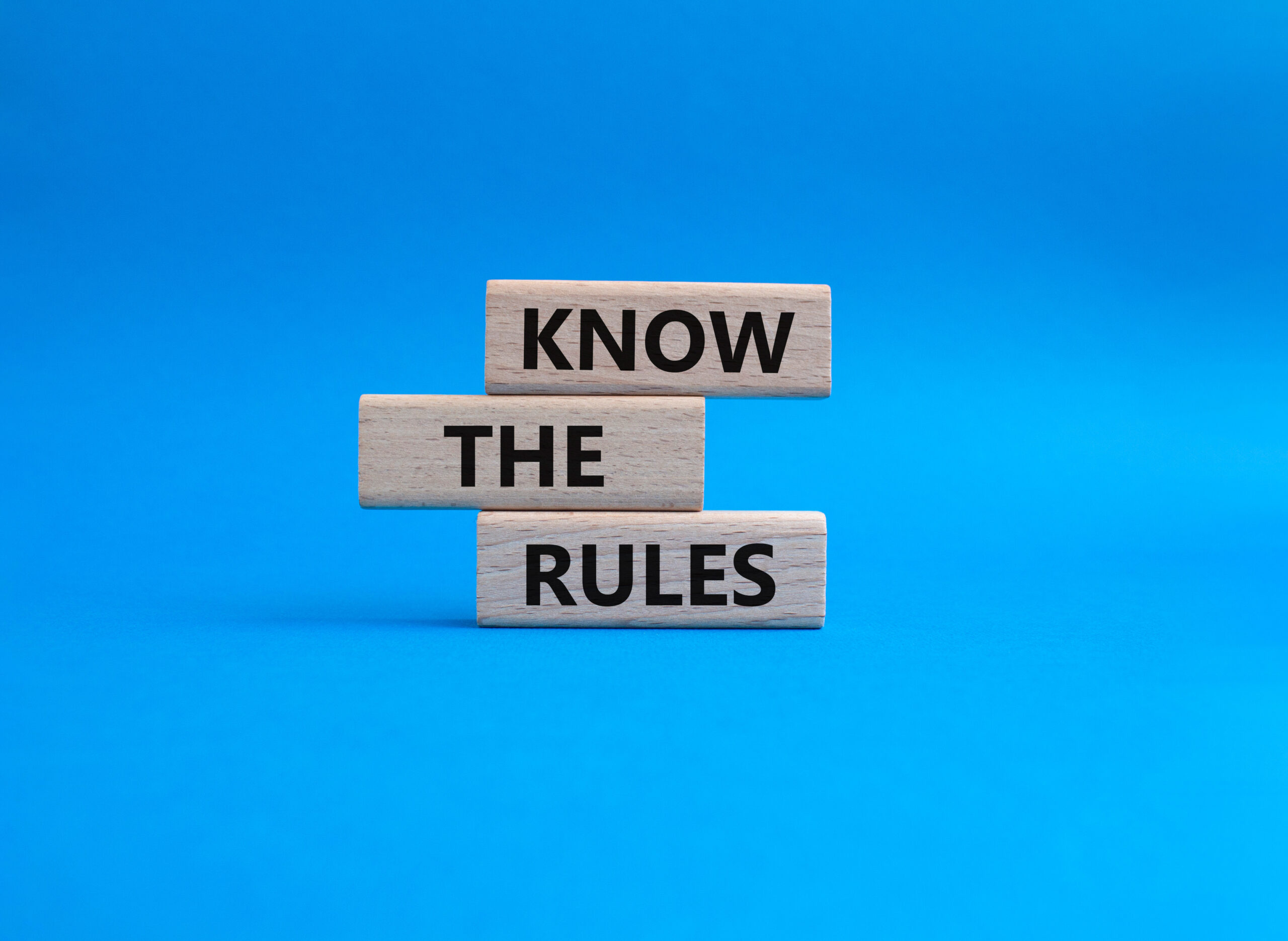When we work without a business plan, we are forced to fly by the seat of our pants
Definition of ‘Critical Mass’
A very important or crucial stage in a company’s development, where the business activity acquires self-sustaining viability. When a company reaches critical mass, it is thought that they can remain viable without having to add any more investment –Investopedia.com
Both new entrepreneurs as well of a lot of established business owners don’t realize the importance of the answer to this question. This is especially true with either category that has not developed a business plan. And for those who do spend some time, effort and thought into creating a business plan, it is as often as not filed away and virtually forgotten about. This is a dangerous practice which can lead to frustration, despair and even failure.
When we work without a business plan, we are forced to fly by the seat of our pants. Your business plan is like a GPS for your business to follow, rather than unnecessarily hitting a lot of detours, road blocks, dead ends and wrong turns. When developing a business plan, it is critical that good (and preferably proven) assumptions are used in its creation. This is why turning to experts for assistance in this project can pay off many, many time any investment you may incur to prevent you from stopping just three feet from gold.
ISN’T CRITICAL MASS THE SAME NUMBER FOR EVERYONE?
Since critical mass is the point at which income exceeds expenses and the company is able to support itself from ongoing revenues, it is unlikely that it will be the same for two or more entities. It also depends on how much the owner has to invest, both initially and thereafter to grow the business. Assuming your revenue and expense forecasts are accurate, you should be able to determine pretty well the point at which your company will achieve critical mass. The more capital available, both from the outside and that generated from within the company, the faster you will be able to achieve the magic number. What may be lacking in capital can, to some extent, be compensated for with “sweat equity.”

In the graph above, we are illustrating an example of reaching break-even at about the seventh month, at which point we begin to achieve that all-important “critical mass.” Clearly, an owner giving up at the fifth or sixth month would have been “stopping three feet from gold.” However, if he or she had predicated his or her business plan on this trajectory, they would have been very pleased with this result.
The fact is that most owners DO NOT follow or even have a viable, written business plan. But the good news is that it is never too late — except for those who stop three feet from gold!
With 18 years in the cleaning industry and 45 years of experience building his own businesses, Gary Goranson was one of the first business consultants to serve the residential cleaning industry with real experience and solid credentials. Visit him at HouseCleaningBiz101.com.





